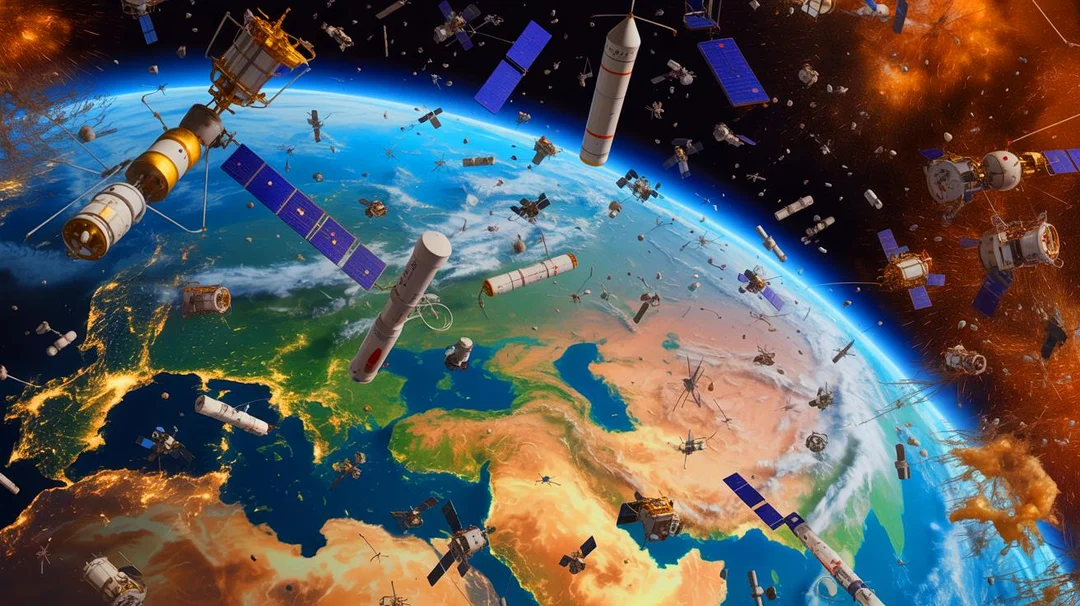
China’s Space Ambitions: A Race to Dominate, But at What Cost?
China's rapidly expanding presence in space, while showcasing impressive technological advancements, is raising serious concerns about orbital congestion, space debris, and the potential for a global space crisis. With ambitious plans for satellite megaconstellations and a growing "space-enabled military," China's activities are under increasing scrutiny, particularly regarding transparency and adherence to international best practices.

Orbital Congestion and Space Debris: A Growing Threat
China's plans for the Guowang and Qianfan constellations, involving over 20,000 satellites and requiring thousands of rocket launches, are significantly contributing to the growing problem of orbital congestion. Spent rocket boosters left in orbit, potentially for over a century, create a long-term collision risk. Jim Shell, a space debris awareness consultant, warns that China's upcoming launches could dominate the mass of orbital debris in Low Earth Orbit (LEO).
A key point of contention is China's practice of leaving upper stages of rockets in high-altitude orbits without controlled reentry, unlike the more costly but safer controlled burns. This practice raises alarms among space experts concerned about potential harm and damage on Earth.
Lack of Transparency and International Standards
Critics have pointed to a lack of transparency in China's space endeavors. Following uncontrolled rocket reentries in 2022, calls for nations to share trajectory information to accurately predict potential debris impacts have grown louder. While China possesses the Yuanzheng-2 upper stage capable of self-deorbiting, its consistent use is uncertain. Harvard astronomer Jonathan McDowell argues that China's reentry practices are "objectively riskier" compared to other countries, emphasizing the need for responsible behavior.
Direct-to-Device Satellite Services and Regulatory Framework
Amidst international competition, China has recently released comprehensive regulations to support direct-to-device satellite services. This move is aimed at facilitating the development of satellite-connected terminal services while safeguarding national security and public interests. The new rules address key aspects such as national security, data localization, frequency interference, and licensing, reflecting China's strategic emphasis on satellite communications.
China's "Space-Enabled Military" and US Deterrence
Retired US General John W. Raymond highlights China's rapid progress in integrating space capabilities with its military. He warns that China now possesses a "very capable space-enabled military" that can threaten US and allied partners. Despite China's advancements, Raymond believes the US remains a leader in space, especially with its allies.
The Global Challenge of Space Debris
China is not the sole contributor to space debris. SpaceX, with its Starlink constellation, also faces scrutiny. The potential for Kessler Syndrome, where a single collision triggers a cascade of further collisions, looms as a significant threat. As satellite megaconstellations proliferate, the global community faces the urgent challenge of balancing technological advancement with the preservation of our shared orbital environment.
As the space race intensifies, the critical question remains: How will nations collaborate to mitigate the risks of space debris and ensure the long-term sustainability of space exploration and utilization?
What are your thoughts on the growing challenges of space debris and the role of international collaboration in ensuring a safe and sustainable future in space? Share your opinions in the comments below!